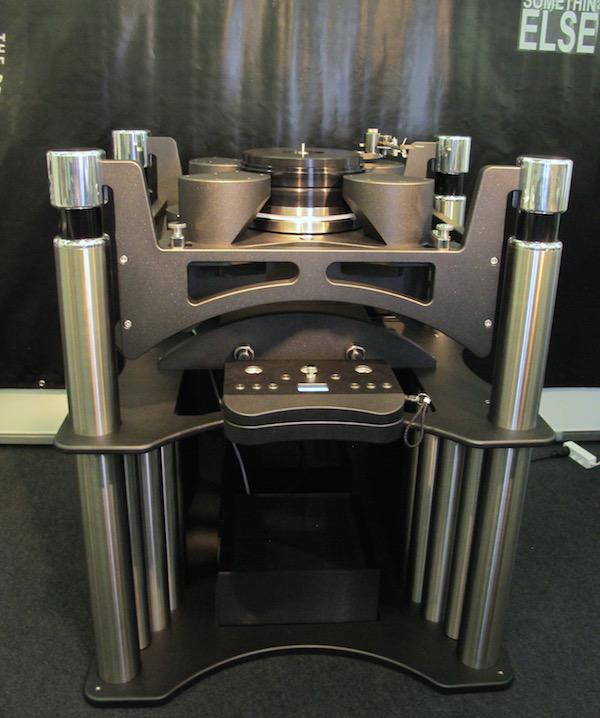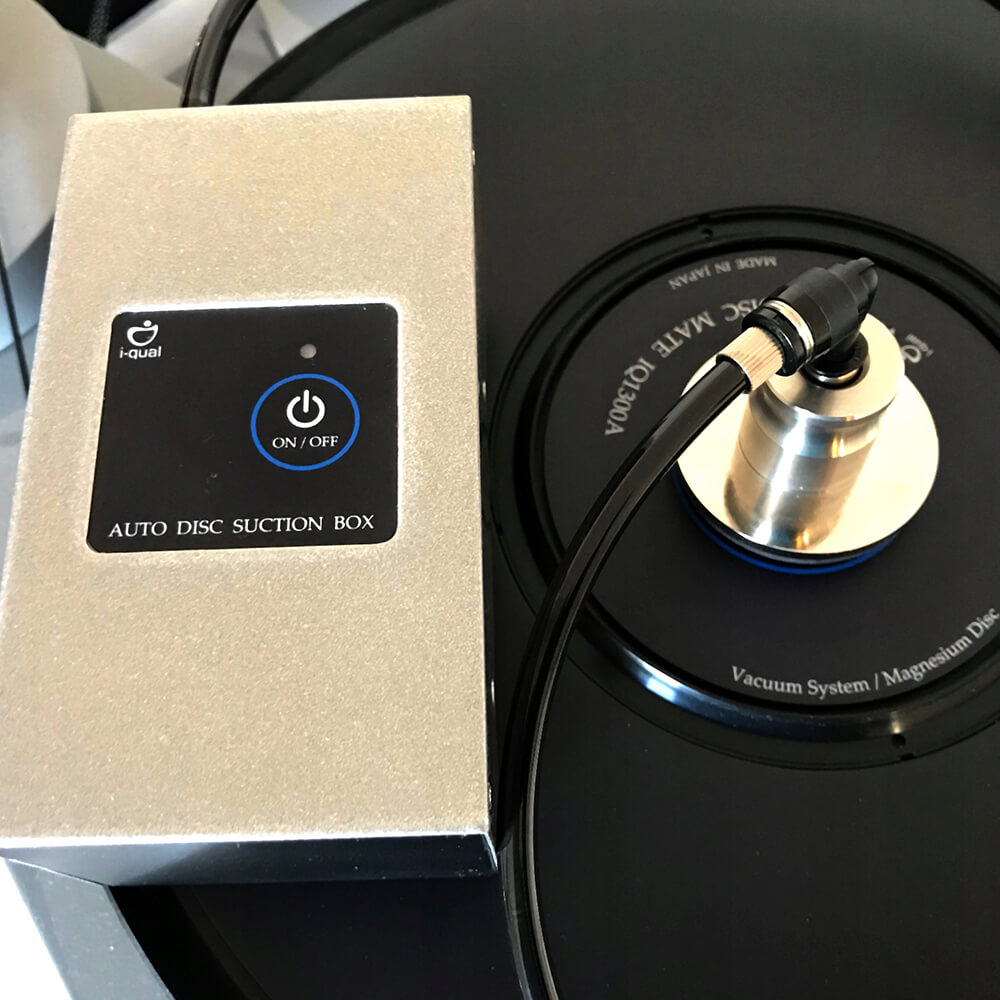Could it be this....I don't think he has reviewed.I'm curious too.
What is this 3rd top turntable?

Could it be this....I don't think he has reviewed.I'm curious too.
What is this 3rd top turntable?

I just need to boast that my system sounds exceptional regardless of tt with or without suction..hehe.
But since you mentioned, I might have to buy a dd just to make MikeL keep looking at his rear view mirror.
Could it be this....I don't think he has reviewed.
funny concept of "saving"Tang
save yourself 38,000 Euro and go SAT table sans vacuum
Tuned to 0.5hz!!! MF did a video of it in 2018 Munich show.It doubles as a Pipe Organ, who new.
I picked up on that in a different thread.
Fremer enjoys (and promotes) audiophile 'effects' - sonics more likely heard in a listening room than a concert hall. His reference tends to be other equipment.
Fremer enjoys (and promotes) audiophile 'effects' - sonics more likely heard in a listening room than a concert hall. His reference tends to be other equipment.
. . . His reference tends to be other equipment.
Hi Tim,
Why do you think this? How do you know how often Michael attends live music performances?
What is your basis for this assertion?
Well stated Michael, thank you for sharing. Even though the vacuum process is a little time consuming, the design, as you described, is topnotch and well thought out...Marc does have the background that facilitated his design.Smarkiness has now infested a once 100% civil group. That’s sad. So let’s straighten out some misconceptions: first there is no advertising for the SAT turntable so I clearly did not use it to write the review. Yes, I sat down with the designer, who remember has graduate degrees in mechanical engineering and materials science unlike the “snarky geniuses” posting here, and learned about what he’s done and I described it. Then I wrote about it and I measured the speed performance using the platter speed app which bettered the SP-10R. And I described the sound. Someone posted that somehow I should have done something else. Perhaps a metallurgy test? What is the job other than what I did. Just curious. BTW: I’ve reviewed the NVS, the Monaco Grand Prix, the SP10R in the OMA plinth, the SL-1000R, two VPIs and a few Brinkmann DDs, so claims notwithstanding I do have DD reviewing experience. If you don’t like the SAT vacuum system, which avoids drawing vacuum through the bearing and so avoids many issues, you needn’t buy it if you choose this TT. And it holds vacuum for an entire side no problem, which is what I wrote. Those speculating didn’t read what I wrote. The comments about it like what happens if you lose the TORX driver are the kind of infantile drivel I expect on Audiophiles- North America not here. Sad to see this. BTW: anyone who thinks that butt ugly OMA prototype is what OMA will market to its esthetically sophisticated consumers is butt foolish. The finished product looks spectacular. Finally, I’ll shortly have the SAT, OMA and AF Zero here to compare. Let the faux outrage commence! (For whatever ridiculous reasons). My favorite snark comment by far was one from someone who concisely laid out what the job is, (though substituting ad copy for tech explanation) and then criticized me for doing it. If that individual had a serious criticism of that process he’d have laid out his version of the job, but he didn’t. As for me positively reviewing the SAT for my accommodation price, how TRITE! Everyone knows I did it for advertising dollars and a free dinner.

Looks interesting, if not on the pricey side ;-). Having what he'd the video I can see how it works. But will VTA be different with each LP, i.e. inconsistent.So if you would like to add vacuum platter to your Sp10r or SAT or any deck for that matter (if it doesn’t come with it), you could use the below for £995:

I-Qual Vacuum Disc Mate IQ1300A
No more wobbly records Vacuum stabilizer Operational video here. More information and manual here. Review here.www.mcru.co.uk
Looks interesting, if not on the pricey side. Having what he'd the video I can see how it works. But will VTA be different with each LP, i.e. inconsistent.
Nice post lordcloud, and thank you for starting the thread and keeping us informed about this new turntable.What is the problem with the reference being other equipment?
I find it odd that people think the reference should be live music or the sound of instruments, as you're not comparing it to listening to the live music or the sound of instruments. You're listening to a recording of those things. The reference should be other equipment, as that would be the only "known". Almost anything else is just guessing and not as useful.
I prefer to know how one amp, table, dac, etc, sounds in comparison to similar equipment I may be interested in, versus how it sounds compared to what I think a trumpet in an unfamiliar space should sound like.
| Steve Williams Site Founder | Site Owner | Administrator | Ron Resnick Site Owner | Administrator | Julian (The Fixer) Website Build | Marketing Managersing |








